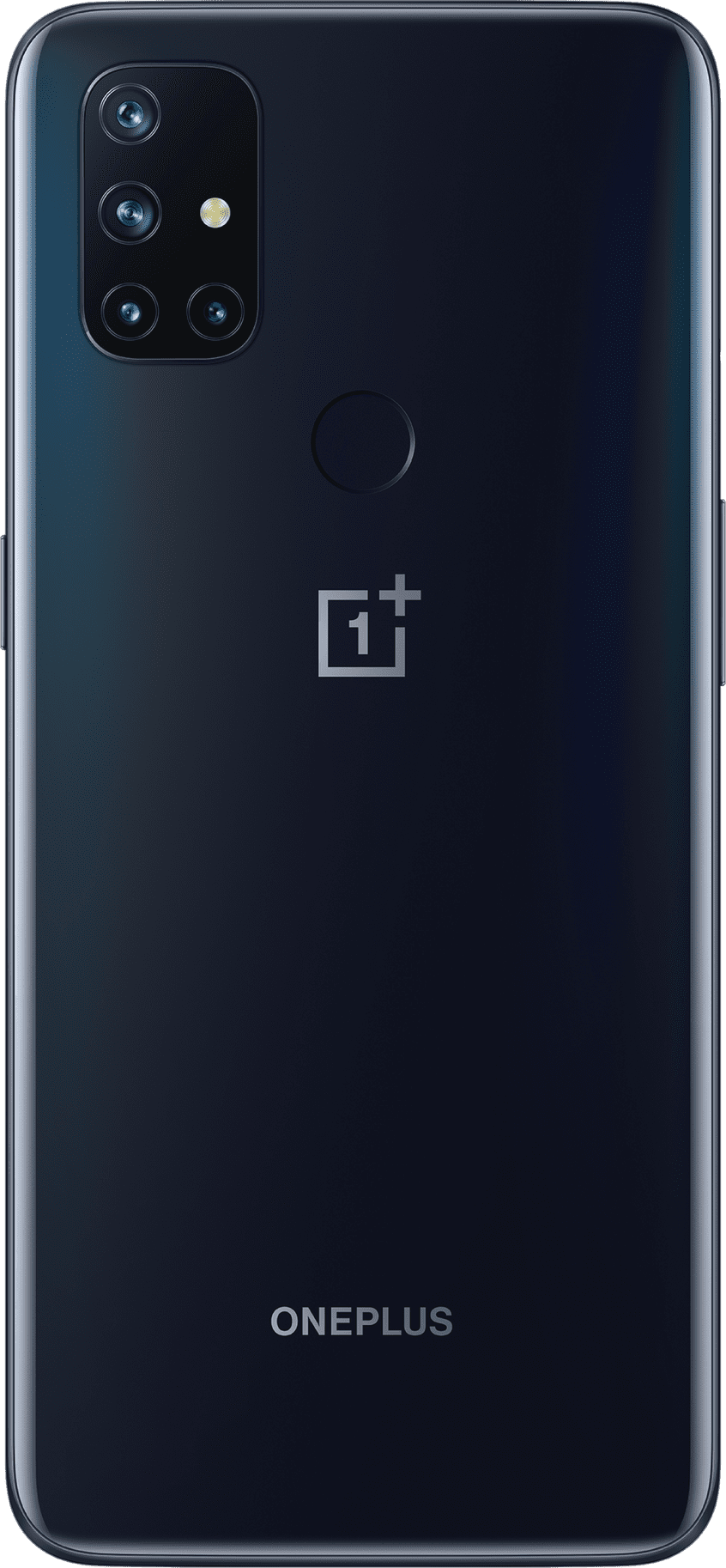Samsung Galaxy S21 Ultra 5G 512GB in Phantom Black (AT&T)(SM-G998UZKFATT)
Experience seamless Microsoft Integration across your devices and take mobile productivity to the next level with DeX. Protect your company’s most private data against the most sophisticated attacks as soon as you power on. Share files between devices, locate tagged items and unlock your office door and more with Ultra-Wideband technology.
The Galaxy S21 Ultra is the phone for business that lets you securely connect and collaborate anywhere. Discover new ways to collaborate with an impressive 8K camera and easily go from mobile to desktop to meetings with Samsung DeX. Keep your business data and personal information protected with a secure processor, Samsung Knox and the Knox portfolio. Work seamlessly in the way that works best for you with Microsoft and Link to Windows.
- Experience seamless Microsoft Integration across your devices and take mobile productivity to the next level with DeX
- Protect your company’s most private data against the most sophisticated attacks as soon as you power on
- Share files between devices, locate tagged items and unlock your office door and more with Ultra-Wideband technology
- Pair with the powerful S Pen to easily capture your thoughts and present your ideas in a whole new way
Collaboration, Meet 8K Video
Inspiration is a fickle creature. The Galaxy S21 Ultra’s intuitive camera lets you capture, share and collaborate in real time, no matter where you are.
Feel Like You’re There, Even When You’re Not
Be in front of the camera, behind the camera or both at the same time—Director’s View puts a whole new spin on the virtual tour.
Productivity Gets the Big-Screen Treatment
Connect all your devices with Wireless Samsung DeX and use your Galaxy S21 Ultra as the remote. Take conference calls on your TV, drag and drop files from your phone to PC1 or double your screens with the tap of a finger.
Notetaking Gets a Major Upgrade
Whiteboard with colleagues, share notes instantly and make precision edits in real time with our first S Pen2 for Galaxy S series smartphones.
Because Your Business is No One Else’s Business
The Galaxy S21 Ultra comes with a defense-grade security platform built in so you can rest easy. With multiple layers of protection, your device is safe from intrusion, malware and malicious threats.
Knox Suite is Mobile Management Made Easy
Keep your fleet of mobile devices in sync and in control from end to end. A complete set of cloud-based solutions eliminates the risk of user error for worry-free security, software updates, device setup and more.
Epic Protection for You and Your Data
Part of Knox’s multi-layered security platform, the Galaxy S21 Ultra’s Knox Vault is dedicated to protecting your PIN, password, pattern and Blockchain Private Key. And with biometric authentication, your private data stays private.
Seamless Microsoft integration
Getting work done on your smartphone is more important than ever before. The Galaxy S21 Ultra comes integrated with Microsoft Office, OneDrive and Teams so you can easily access all your files, photos and reminders—whether you’re in the office, working from home or on the move.3
Phone and PC, Beautifully in Sync
The Galaxy S21 Ultra integrates with your Windows PC so you have one less screen to focus on. Link to Windows also allows you to easily share files between your phone and PC with a simple drag and drop.4 Now you can work on your phone without being on your phone.4
Additional information
| Main Display Size | 6.8" |
|---|---|
| Camera resolution (Front) | 40 MP |
| Camera resolution (Rear) | 108 MP + 12 MP + 10 MP + 10 MP |
| Internal Memory | 128GB |
| RAM Size (GB) | 16GB |
| Battery Type and Size | 5,000 mAh |






Reviews
There are no reviews yet.